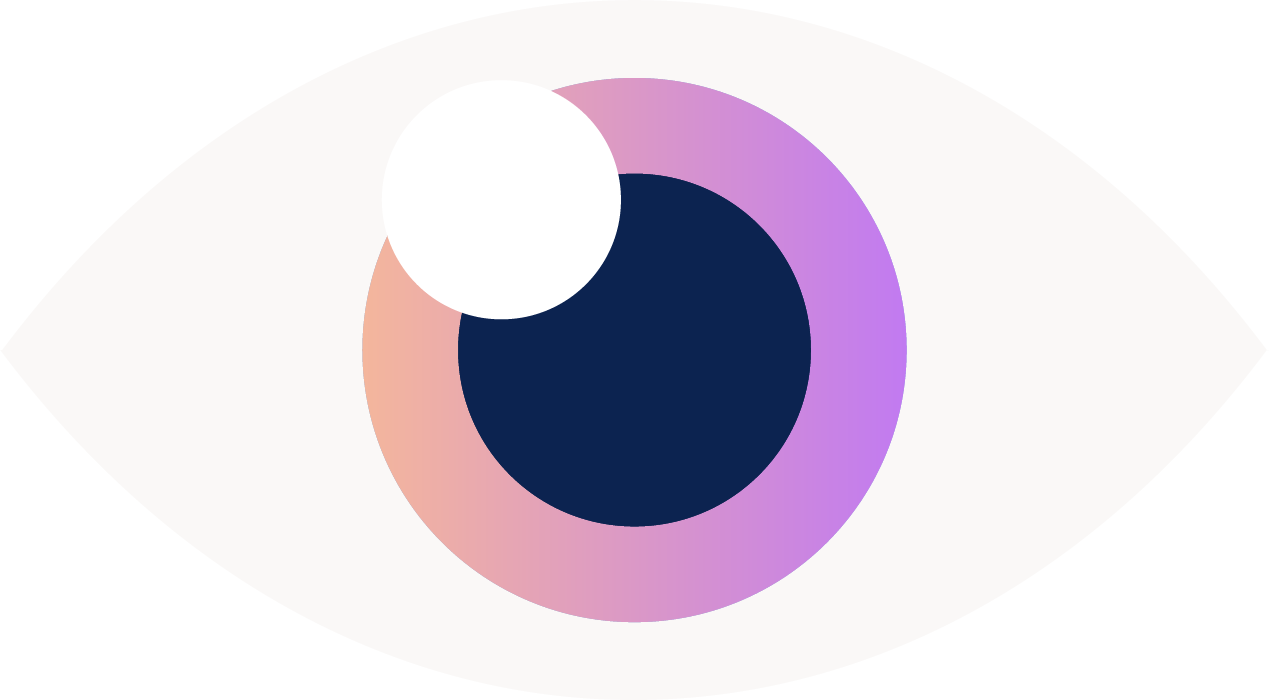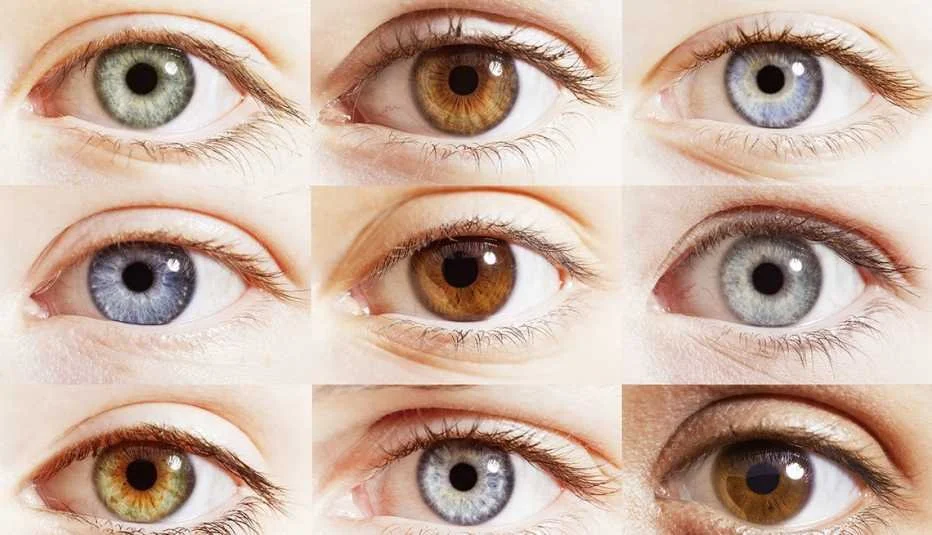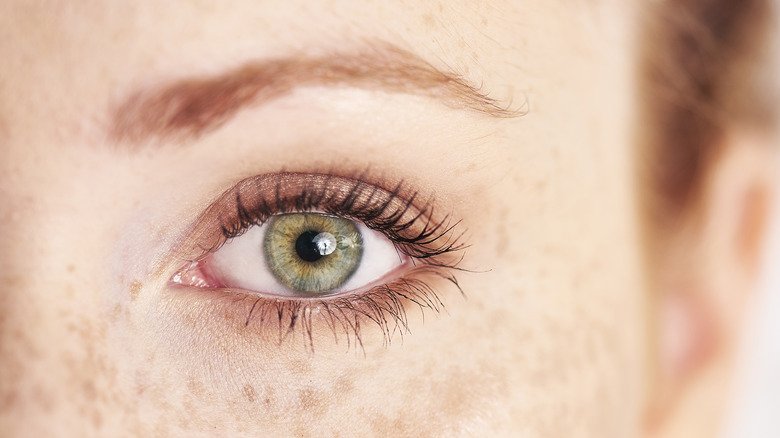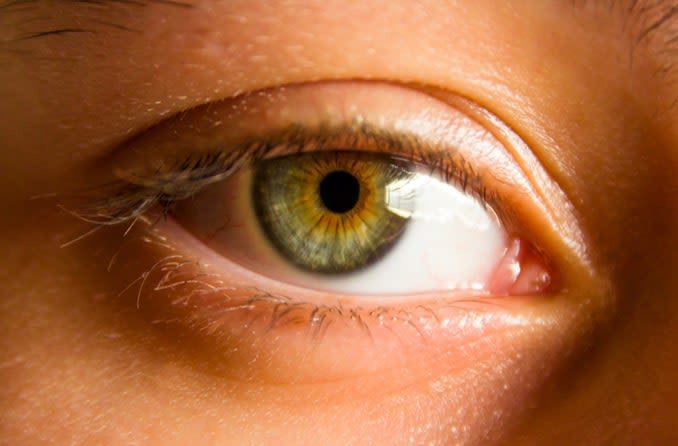How Rare Is Your Eye Color?
Have you ever wondered how rare your eye color is? Keep reading to find out!
BLUE EYES:
Blue eyes are the second most common in the world.
People with blue eyes actually have a brown pigment under their iris.
Having blue eyes actually makes you more sensitive to light.
Contrary to popular belief, not all babies are born with blue eyes. Only about 20% are!
Everyone with blue eyes are linked to a single common European ancestor 6-10,000 years ago.
Any of these blue eye facts surprising to you? So many people say ‘all babies are born with blue eyes and then they turn’, but they actually did a study at Stanford found that 40% of blue eyed babies did get darker by the time they were 2 years old.
In European populations, blue eyed individuals can trace their ancestry back to a single common ancestor. There have been two additional blue eye associated alleles that are found globally that account for about 3% of individuals with blue eyes. So, for those 3%, it means that you might not be descended from the same ancestor.
GREEN EYES:
Only 2% of people have green eyes, making it the rarest eye color in the world.
There are 18 genes for eye color, not just 1 gene like we used to think (so it is possible for 2 green eyed parents to have a brown eyed baby).
Green eyes are found all across the world. There is a village in China where 2/3 people have green eyes and blonde hair.
Green eye color is not actually caused by green pigment. It’s an optical illusion caused by brown pigment (melanin), yellow (lipochrome), and scattering of blue light in the eye.
Which of these green eye facts was new? I had no idea about the village of Liqian in China!
The genetic complexity of eye color is fascinating. We used to think just one gene controlled eye color - you had recessive or dominant and that dictated what color eyes you had. But, now we know that there are 18 different genes which contribute to eye color. So that’s why 2 green eyed parents can have a brown eyed baby.
HAZEL EYES:
Hazel eyes are the most complex and varied because they have a mix f gold, brown, and green.
Hazel eyes can change color based on what you wear, lighting and pupil size because it is made up of a combination of colors.
Hazel eyes are rare. 5% of the population and 18% of Americans have hazel eyes. The only colors that are more rare are gray, green, and purple.
Many hazel eyed individuals have a brown rag around the pupil.
Most people with hazel eyes are born with blue eyes that darkened over time as more melanin was produced.
Hazel eyes are so varied because of the various pigments in them.
Light can change the color of hazel eyes because of the Rayleigh effect. In addition, bright light causes the pupil to constrict revealing more of the iris, which is lighter in color. The reflective nature of clothes also causes hazel eyes to look either golden, green, or amber depending on what people wear.
Hazel eyes are not the same thing as central heterochromia. In heterochromia, people will have one distinct color around their pupil and different color at the outer edge of their iris. But in hazel eyes there is a mixture of colors throughout the surface.
Most babies with hazel eyes had blue eyes as a baby which darkened over time. The reverse usually doesn’t happen (brown eyes that lighten to hazel).




